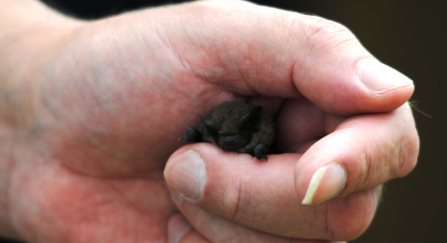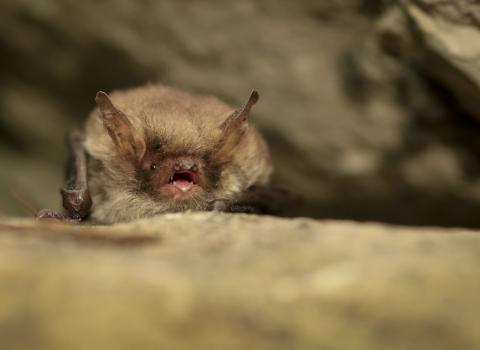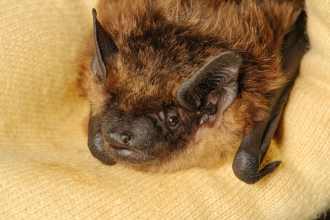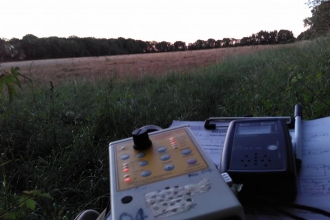As one of my activities for 30 days wild this June, I took a trip to Priory Country Park in Bedford just before sunset, armed with a bat detector to see what I could find. After a lovely walk around the lake admiring the sunset and the full moon that evening, the bats started to emerge, and there was more than I had ever hoped for. There was an abundance of bats flying around my head, swooping through the trees and over the lake, and my bat detector immediately started to pick them up, showing me there were many different species flying around including common and soprano pipistrelles, as well as noctule bats. This time of year is a great time to look for bats, and so I thought I would share a bit of information surrounding them, and how you might be able to find out which bats are flying over your head.
An introduction to bats in the UK:
Because bats possess hairs on their bodies and are warm blooded, they are mammals, just like us. They are also the only mammal that can fly, with their wings showing a pentadactyl (literally: limb with five digits) limb structure, which is the same as human hands.
In the UK we have 18 different species of bat, with 17 being known to breed. The most common you are likely find are the common and soprano pipistrelles, which are our smallest bats, with a wingspan of around 20cm. Their bodies are about the same size as your thumb, and would feel the same weight as holding about 10 paper clips (4-7g). Our largest bat is the noctule, which I mentioned earlier, with a wingspan of around 40cm, but even these can still fit in your hand!













